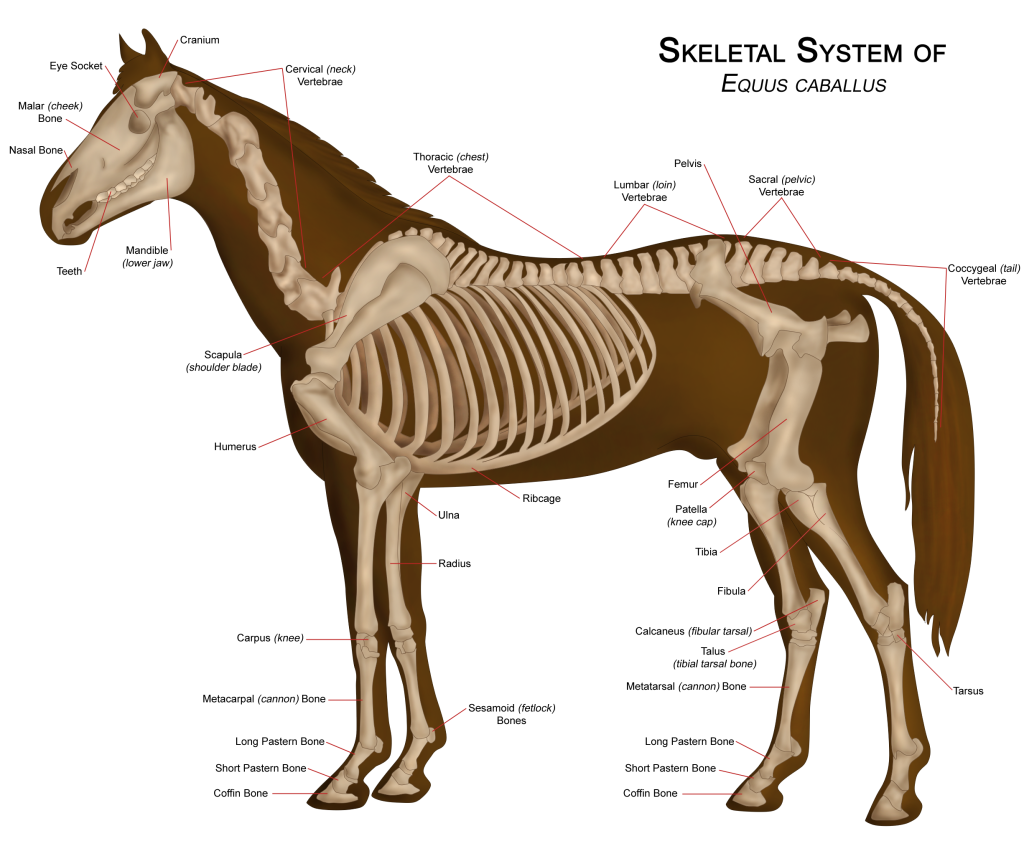Externships
 Ferguson & Associates offers two-week externships (with in-clinic accommodations) to students in AVMA-approved Colleges of Veterinary Medicine. Our progressive externships offer experience in farm, reproduction,training, racetrack, sales, and surgery practice, allowing externs an opportunity to explore the possibility of future internship.
Ferguson & Associates offers two-week externships (with in-clinic accommodations) to students in AVMA-approved Colleges of Veterinary Medicine. Our progressive externships offer experience in farm, reproduction,training, racetrack, sales, and surgery practice, allowing externs an opportunity to explore the possibility of future internship.
Please read Dr. Ferguson’s Cooperative Effort philosophy below to see if it resonates. Then, if you’d like more information and/or available dates, please e-mail or call the office.
Internships
Ferguson & Associates considers the following to be prerequisites to internship. We encourage those who meet the requirements to apply by submitting a resume and three letters of recommendation.
• Candidate must be enrolled in and planning to graduate from an AVMA-approved school.
• Candidate must meet all requirements to be licensed in the state of Florida.
• Candidate must visit the practice or perform an externship at the clinic (may be open for discussion in some cases).
Ferguson and Associates
A Cooperative Effort
Introduction
Ferguson and Associates believes in certain fundamentals related to veterinary clinical practice and business. Every practitioner, from extern, intern, to practicing veterinarian should be able to realize their joy in practice, at whatever level, whether a farm vet, lameness/surgical expert, or sales expert, and make a good living doing so. We also strongly believe in the power of a multi-person practice, not only for professional support from colleagues, but also personal support to maintain a good quality of life. We also believe one should have, at the end of the day, a viable asset—even in today’s extremely competitive economic climate, which dictates as efficient an operation as possible. In keeping with this philosophy, Ferguson and Associates incorporates certain unique principles: First, training environments are being created in basic farm work, racetrack practice, and the thoroughbred sales arena. This will allow externs and interns to fully develop their clinical skills and determine their area of most interest. Second, veterinarians will learn to fully market themselves professionally by maintaining their own professional association. This is also the most cost effective means of servicing the client. And finally, veterinarians who wish to remain within the association will have the opportunity to purchase ownership rights to cooperatively-owned practice facility(s).
Historical Synopsis
The above mentioned philosophy was developed based on failures of more conventional employment models. Previously, Dr. Ferguson developed a large ten-veterinarian practice using the typical hierarchy of partners, associates, and employees. Downfalls were numerous and included exorbitant business costs and overhead, inability to incorporate new partners from associates, formation of power partnerships, employee issues and discontent, and excessive legal costs to maintain the practice integrity. Costs were passed on to clients, practitioners were powerless to deal with clients on an individual basis, and clients would become increasingly disgruntled with the costs.
In 2008 the business took a severe economic downturn and eventually returned to a one-veterinarian practice, the founder, Dr. Sam Ferguson. As employees left and overhead dwindled, Dr. Ferguson realized a huge opportunity. The horse economy was also impacted hard by the Great Recession, and clients desperately needed help. Armed with 30 years of experience and ample equipment, he slashed his prices on certain high-priced procedures, and went to a primarily pay-at-time-of-service business. New clients began to pour in. Sales work in multiple states began getting tremendous support. He also started a satellite practice at the south Florida racetracks, where clients were not only receiving barely-adequate service, but also paying extremely high prices for the meager services.
The list of developments continues to evolve, but certain fundamentals of a new business plan began to emerge. A multi-person practice is crucial to efficiency, service, and professional development. Yet, in the present economic environment, employees are not cost effective. Also, ownership in something inspires, and develops responsibility and accountability.
Framework of the New Business Model
Externs learn the quirks of the practice and the clients. Not only partaking in the backyard clientele, they will also witness the practice’s experience with highly professional clients on the farm, sales, and racetrack environments. They learn basic horsemanship related to these areas, as well as take an active role in learning procedures, such as blocking lamenesses and castrations. They can begin to appreciate the effort in radiographic evaluation and gain some surgery experience.
Interns will be provided a base salary but also be contracted to perform basic procedures and calls as the come qualified. This may or may not lead into a future associate position depending on the associates and practice’s needs and desires.
Initial associates will select the area they want to work in and be contracted by the firm, as well as develop their own practice. After an initialization period of one year, they will be eligible to make a contribution toward cooperative ownership of the practice facility(s).
The cohesive part of the practice ownership lies in the concept that a veterinarian maintains ownership of a client he brings into the organization. Mutual ownership in a facility cements the relationship.
In addition, the practice facility is also owned in part by the lay people who work within and around it. A portion of their contractual payment goes toward ownership. And, down the line, clients receive a bonus non-voting ownership, which provides certain bonus dividends based on their financial commitment to the organization.
In the above scenario, all involved parties are actually partners in the organization; and a cooperative effort is established. This business framework is the framework of progressive businesses such as Uber and Fed-X, and will outcompete any other conventional plan.

